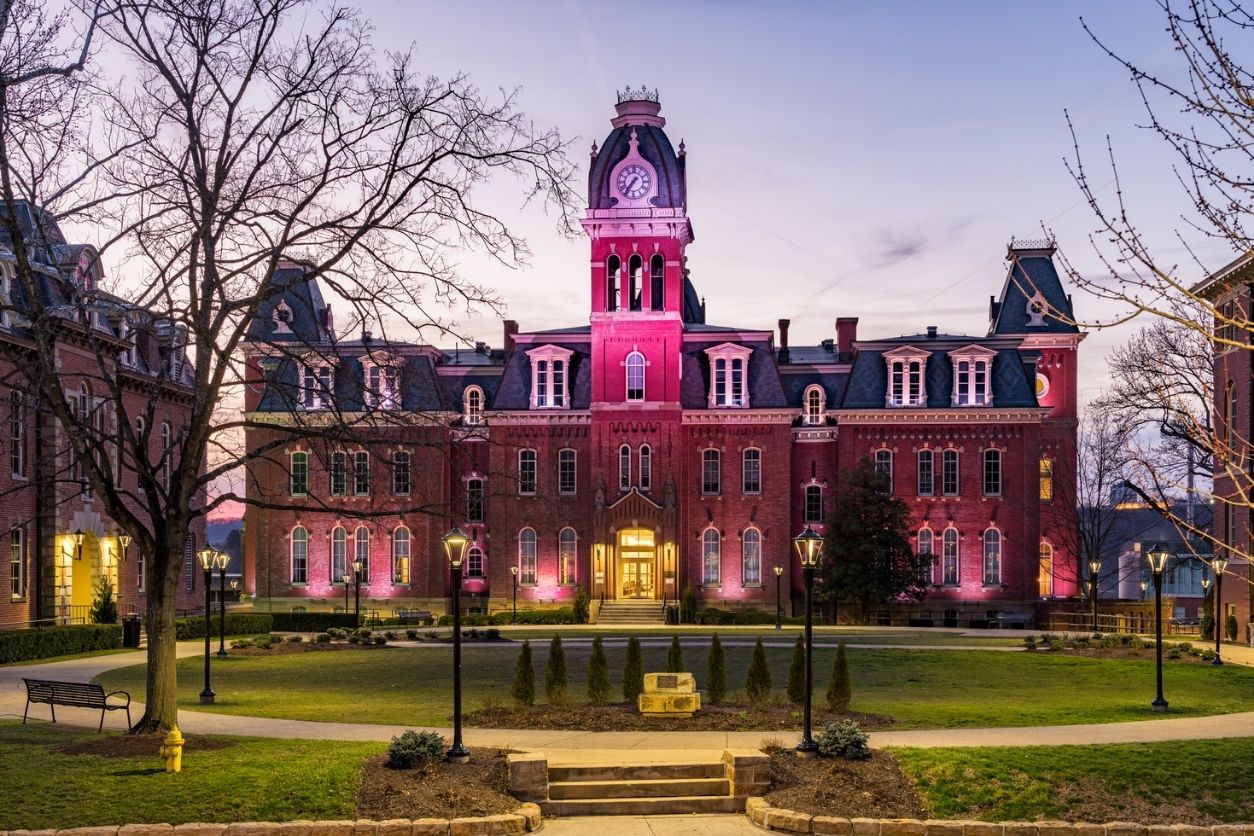The recruiting process is different for every student-athlete as well as the difference between college athletic division levels. While you may have heard of many of the 351 NCAA Division I schools, a lot of the 308 Division II and 443 Division III may not be as recognizable. And some of the 250 NAIA colleges maybe even more obscure. However, while we don’t have the space to describe the differences between all those schools, we can give you an overview of the general experience you can expect in each of the different divisions.
Division I
Simply put, at the NCAA Division I level, your life will essentially be limited to athletics and academics. Yes, a scholarship to a Division I program means you’ll be competing in front of big crowds against the most elite athletes in your sport. However, with a larger stage comes higher stakes, which means more time spent pursuing your sport on the weekends and weekdays through practice, travel, training, and off-season workouts. Plus, you’ll still need to keep up with your studies in order to stay academically eligible.
For many student-athletes, the Division I life is an exhilarating grind, while for others, it’s simply exhausting. But for most, however, it’s simply four years well spent, competing at an elite level while getting a college education to boot.
Finally, there are eight schools that are exceptions from the “normal” Division I lifestyle. The schools of the Ivy League, comprised of Brown, Columbia, Cornell Princeton, Yale, Harvard, Dartmouth, and the University of Pennsylvania, offer neither academic nor athletic scholarships. Instead, financial aid is based on need as determined by each school. They do, however, offer the opportunity to pursue both athletics and academics at an elite level. Ultimately, competing for an Ivy League school means plenty of time spent pursuing athletics, but also equally demanding academic requirements.
Division II
Division II schools most often offer a smaller campus, the opportunity for more playing time, and, most importantly for many, a more comfortable balance between athletics and academics. While the level of competition at the Division II level is still high, the demands on your time as a student-athlete aren’t quite as rigorous. That means you’ll likely have the time to pursue other interests and activities, without the full-time commitment to athletics required at DI schools.
Division III
The biggest difference among Division III schools is that they don’t offer athletic scholarships. However, eight out of 10 DIII athletes do receive some form of financial aid in the form of grants or need-based scholarships. Given the greater emphasis on academics, 87% of Division III athletes earn a college degree. That academic emphasis means less of a time commitment for athletic pursuits, but also more of an opportunity for a student-athlete to be part of their campus community.
NAIA
The 250 schools that make up the National Association of Intercollegiate Athletics are primarily smaller, private schools that offer a variety of sports. While not every NAIA school competes in every sport, they do award athletic scholarships totaling almost $500 million every year. Plus, since they often have to work harder to attract talented athletes, NAIA schools tend to recruit more aggressively to attract gifted athletes to their programs. At their highest levels, many consider NAIA programs comparable to the NCAA Division III level.
Other Options
While the three NCAA divisions and the NAIA all offer four-year options, junior colleges, with only a two-year commitment, have plenty to offer a student-athlete as well. Most offer athletic scholarships and lower tuition costs. But, on top of that, a junior college offers many student-athletes an opportunity to keep on competing while earning college credit or deciding what to do with the rest of their lives. For some, two years spent competing at a junior college can even serve as additional time to develop into a viable athlete at a larger, four-year school.
Just as you are unique in your personality, skills, and athletic talents, every college is unique in what they have to offer as well. That’s why it’s important to understand the difference between college athletic division levels. The school that makes you the best offer may not be the Division I glamour school of your dreams. However, depending on the division and the experience it has to offer, your dreams can still come true at a Division II, Division III, NAIA, or junior college.
Did you enjoy the article ‘The Difference Between College Athletic Division Levels’? If so, check out What Can Division III Schools Offer You?, or more of our articles HERE.





